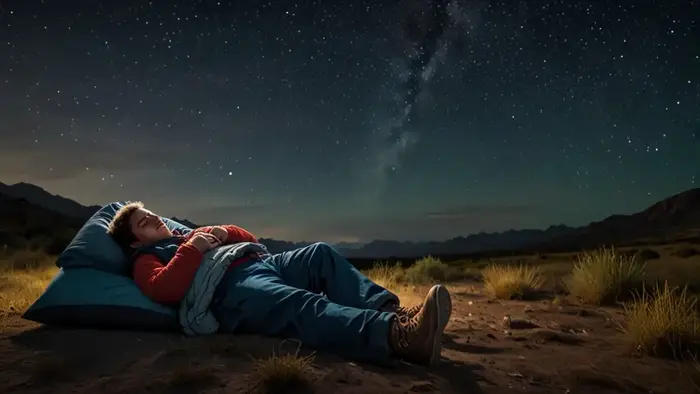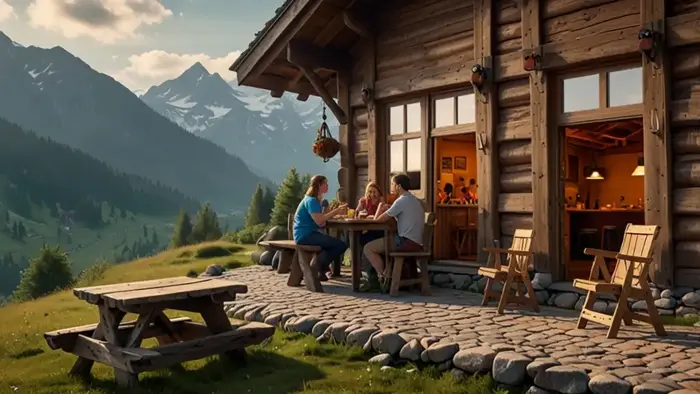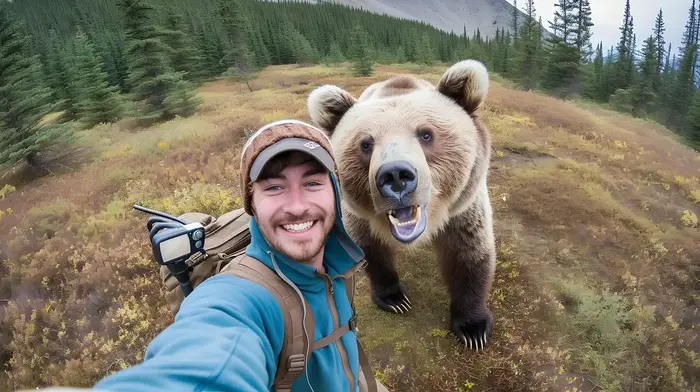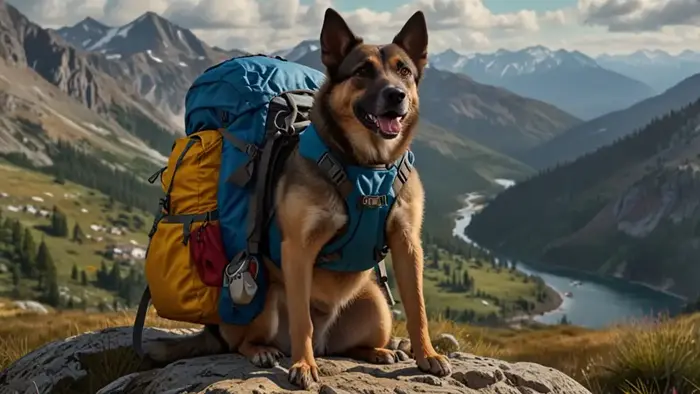This topic appeared in a discussion in an online group, so I thought I could write a short article and have it as a reference instead of repeating myself when people ask about it again.
When planning an outdoor adventure, especially in mountainous or remote areas, two popular but very different options emerge: backpacking, and hut-to-hut tours.
Both backpacking and hut-to-hut tours offer unique experiences, but they come with distinct differences in terms of logistics, comfort, safety, and environmental impact. They are discussed here in detail.

Here is my detailed comparison:
1. Accommodation
Backpacking
Nature’s bedroom: You carry your shelter and outdoor sleeping equipment, which typically means setting up a tent or bivy sack in the wilderness.
Flexibility: You can camp virtually anywhere you’re allowed, offering immense freedom in choosing your overnight spots.

Hut-to-hut tours
Pre-arranged shelters: You move from one hut or mountain refuge to another, each providing basic to luxurious accommodations like beds, sometimes with hot showers, and meals included.
Comfort: Huts generally offer more comfort, including mattresses, blankets, and communal spaces, which can be particularly appealing after a long day’s hike.
2. Gear and load
Backpacking
Heavy load: You must carry everything you need, from food to shelter, which can weigh your pack down significantly, affecting your hiking speed and endurance.
Self-sufficiency: Requires more gear like a stove, tent, sleeping bag, sleeping pad, and food for multiple days.

Hut-to-hut tours
Lighter pack: With facilities like beds and sometimes meals, you carry less weight, primarily essentials like clothes, snacks, and personal items.
Reduced gear: While you may still need some gear, it’s usually limited to what you need for the day’s hike and personal comfort.
3. Environmental impact
Backpacking
Leave no trace: Emphasizes minimal impact on the environment, teaching campers to carry out all their waste and leave no trace of their passage.
Wilderness experience: Offers a more immersive experience with nature, but requires more careful planning to avoid environmental damage.
Hut-to-hut tours
Concentrated impact: The environmental impact is more concentrated around huts, which can lead to localized wear and tear but also facilitates easier waste management and environmental protection measures by hut managers.

Sustainability efforts: Many huts are now focusing on sustainability, using solar power, composting toilets, or other eco-friendly practices.
But if you have ever visited any mountain hut at a high elevation and walk around it, perhaps you have noticed an old-fashioned oil generator that works non-stop and produces lots of dark smoke all the time. Here is one example, and I could give you many more.
4. Safety and comfort
Backpacking
Self-reliance: You’re more on your own, needing skills for emergency situations, navigation, and survival in the wilderness. Though, sometimes it may be risky…

Isolation: Can be more isolating, requiring good planning for emergencies, but also offering solitude.
Hut-to-hut tours
Community safety: Huts provide a sense of community with other hikers, staff, and potentially emergency services nearby.
Comfort: Better weather protection, warmth, and facilities can lead to a more comfortable night’s rest, which might be crucial in harsher environments.
5. Planning and flexibility
Backpacking
High flexibility: You can change your route or extend your stay based on whims or weather, provided you have enough provisions.
More planning: Requires detailed planning for routes, water sources, and resupplying points.

Hut-to-hut tours
Structured: Often follows a set route with reservations needed for popular huts, reducing spontaneity but ensuring a place to sleep.
Less planning: Once booked, much of the logistical planning is simplified, though you still need to plan for daily hikes and weather.
6. Comparison regarding taking a dog on the tour
If you are a wilderness backpacker, going with your dog is an excellent option. There is lots of dog backpacking equipment available on the market for such tours.

However, my impression is that having a dog on a hut-to-hut tour can be very problematic, and here is why.
You would have to negotiate with the hut owner where to keep the dog overnight. It is very unlikely it would be allowed into the dormitories, and in high mountains you can expect freezing temperatures outside.
There is a safety problem too, and other people may be at risk due to your dog. Again, something from my own bad experience.
I have been attacked by dogs on two different tours. It was a very similar situation in both cases, at two different bivouacs.
In one occasion, due to my bad lack, I suddenly appeared behind a corner, and the dog was surprised and reacted by instinct and grabbed my arm.
In yet another, I exited from the bivouac, and again, I surprised the dog that was next to the door outside and it attacked me.
I was not harmed, in both situations it was just an instinctive reaction by the surprised dogs. The owners felt embarrassed and apologized, but I did not really make an issue about it. In fact, I felt bad that the dogs attacked me, as if they felt threatened by me, and I can tell you I truly love dogs.
Conclusion
Choosing between backpacking and hut-to-hut tours depends on your desired level of comfort, your backpacking skills, environmental considerations, and how much you wish to plan versus experience spontaneity.
Backpacking offers a deep connection with nature at the cost of more effort and self-sufficiency.
Hut-to-hut tours provide comfort and structure, making the mountains accessible to a broader audience while still challenging.
Both styles can offer profound outdoor experiences; the best choice aligns with your personal adventure philosophy and physical preparation.
However, it is important to stress that you may not always be in situation to choose one or another. For example, there are no less than 10 hut-to-hut Alta Via tours in the Dolomites. But you should know that backpacking here is prohibited, though I have seen people going with tents.
Thank you for reading and let me know if you have questions, there is a comment box below. You might want to read also my text about bivy tents.
Subscribe to my weakly newsletter and stay informed, the subscription form is given below.
Leave a Reply